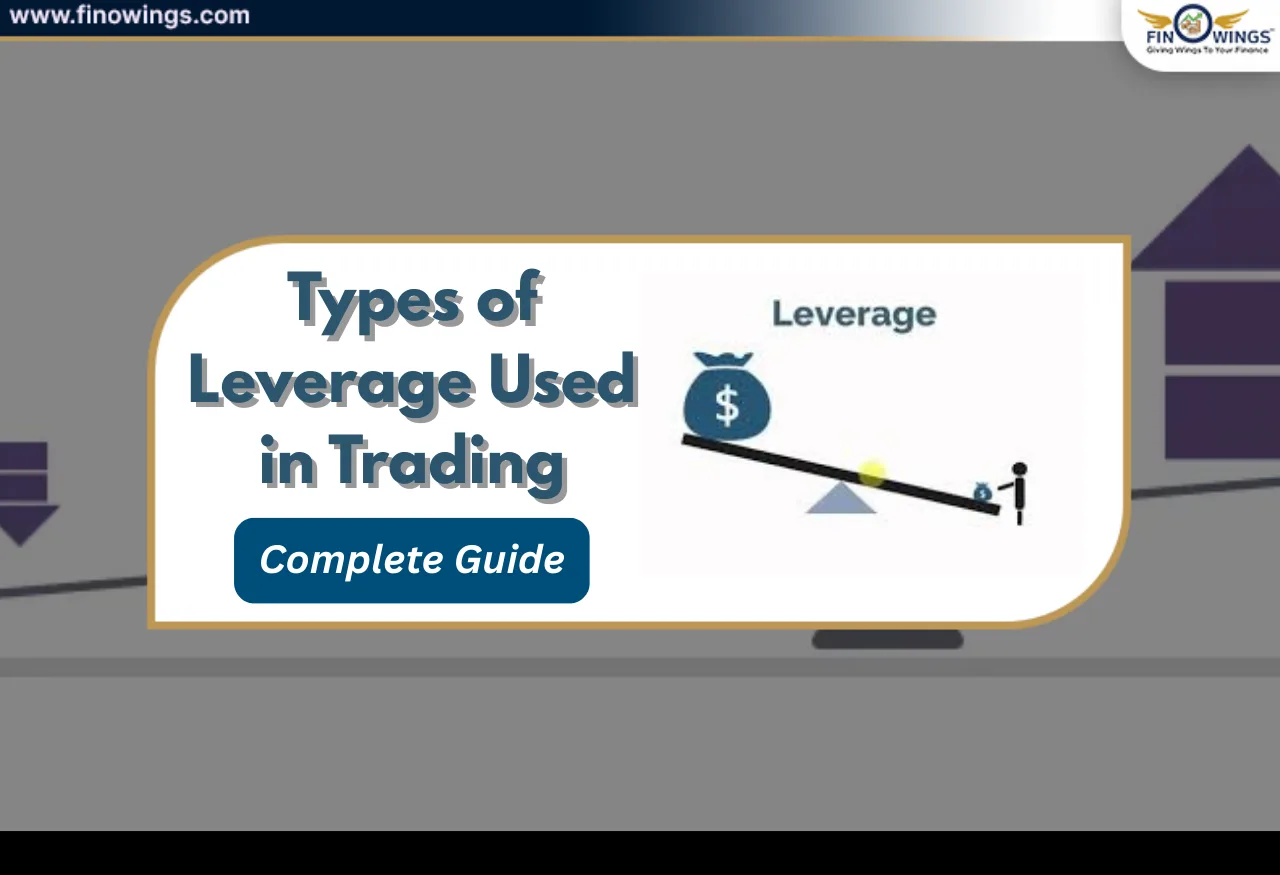Home >> Blog >> Positional Trading Strategy: Maximize Your Returns To 30%
Positional Trading Strategy: Maximize Your Returns To 30%

Table of Contents
Introduction to Positional Trading
Positional trading is a long-term trading strategy that involves holding positions for weeks or months. This strategy aims to benefit from major price movements and trends in the stock market. Unlike day trading or swing trading, positional trading requires less frequent monitoring, making it suitable for busy professionals.
Fundamentally Strong Stocks
The first rule of this positional trading strategy is to focus on fundamentally strong stocks. These are stocks from companies with solid financial health, consistent earnings growth, and strong market positions. For this strategy, we will only consider stocks from the Nifty 50 index, specifically the top 25 stocks, as they are more stable and less volatile.
Detailed Video
Timing the Market
Timing is crucial in positional trading. This strategy should be applied when the stock is trading at least 9% below its 52-week high. This indicates that the stock has room to recover, offering a potential buying opportunity. The idea is to buy the stock in increments as it dips, averaging the purchase price down.
Incremental Buying Strategy
The incremental buying strategy involves purchasing the stock in small quantities at regular intervals as the price drops. This method helps in averaging the purchase price, reducing the overall risk. For example, if a stock falls 9% below its high, you start buying in increments of 50% dips from that point.
Live Example: Reliance Industries
Let's take a live example of Reliance Industries to understand this strategy better. Suppose Reliance's stock price falls to ₹2399. You start by buying 100 shares at Rs.2394, as it is 8.98% below the high. If the stock drops further, you continue to buy in increments of 50% dips.
- Buy 100 shares at Rs.2394
- Buy 100 shares at Rs.2344
- Buy 100 shares at Rs.2294
- Buy 100 shares at Rs.2244
This way, you accumulate shares at different price points, averaging your purchase price. If the stock recovers to Rs.2960, you can calculate the profit as follows:
Average purchase price: Rs.2319
Current price: Rs.2960
Profit per share: Rs.2960 - Rs.2319 = Rs.641
Risk Management
This strategy minimizes risk as you are buying fundamentally strong stocks at lower prices. The likelihood of these stocks recovering is high, given their strong financial health. However, it's essential to avoid extraordinary events like the COVID-19 pandemic, which can cause significant market disruptions.
Benefits for Busy Professionals
This strategy is particularly beneficial for busy professionals who cannot monitor the market constantly. By focusing on fundamentally strong stocks and using an incremental buying strategy, you can achieve substantial returns with minimal effort. This approach also reduces the stress associated with frequent trading.
Opportunities in Different Stocks
There are always opportunities in different stocks at various times. For instance, if IT stocks like Infosys or TCS fall significantly, they present a buying opportunity. Big players often capitalize on these dips, making substantial profits when the stocks recover.
Conclusion
Positional trading using this strategy offers a high potential for returns with minimal risk. By focusing on fundamentally strong stocks and using an incremental buying approach, you can achieve returns of 20-40% without much effort. This strategy is ideal for busy professionals and those looking for a more relaxed approach to trading.
Final Thoughts
Remember, the key to successful positional trading is patience and discipline. Stick to the strategy, avoid emotional trading, and focus on long-term gains. Share this strategy with others and help them benefit from this effective trading approach.
Author
Frequently Asked Questions
Positional trading is a long-term strategy where traders hold positions for weeks or months to capitalize on major price movements and trends in the stock market. Unlike day trading, which involves buying and selling within the same day, and swing trading, which involves holding positions for a few days to weeks, positional trading requires less frequent monitoring and is suitable for those who prefer a more passive approach.
Focusing on fundamentally strong stocks ensures that the investments are in companies with solid financial health, consistent earnings growth, and strong market positions. These stocks, particularly from the Nifty 50 index, are more stable and less volatile, reducing the risk of significant losses and increasing the likelihood of recovery and profit over time.
The incremental buying strategy involves purchasing stocks in small quantities at regular intervals as the price drops. This method helps average down the purchase price and reduces overall risk. For instance, if a stock falls 9% below its 52-week high, the trader starts buying in increments, continuing to purchase more as the stock price further declines, thus accumulating shares at different price points.
Risk management in positional trading involves buying fundamentally strong stocks at lower prices, which have a high likelihood of recovery due to their solid financial health. By purchasing in increments, the trader minimizes the impact of further price declines. It is crucial to avoid investing during extraordinary events that could cause significant market disruptions, such as the COVID-19 pandemic.
Positional trading is beneficial for busy professionals as it requires less frequent monitoring compared to other trading strategies. By focusing on fundamentally strong stocks and using an incremental buying strategy, traders can achieve substantial returns with minimal effort and stress. This approach allows busy individuals to participate in the stock market without needing to constantly watch their investments.


















